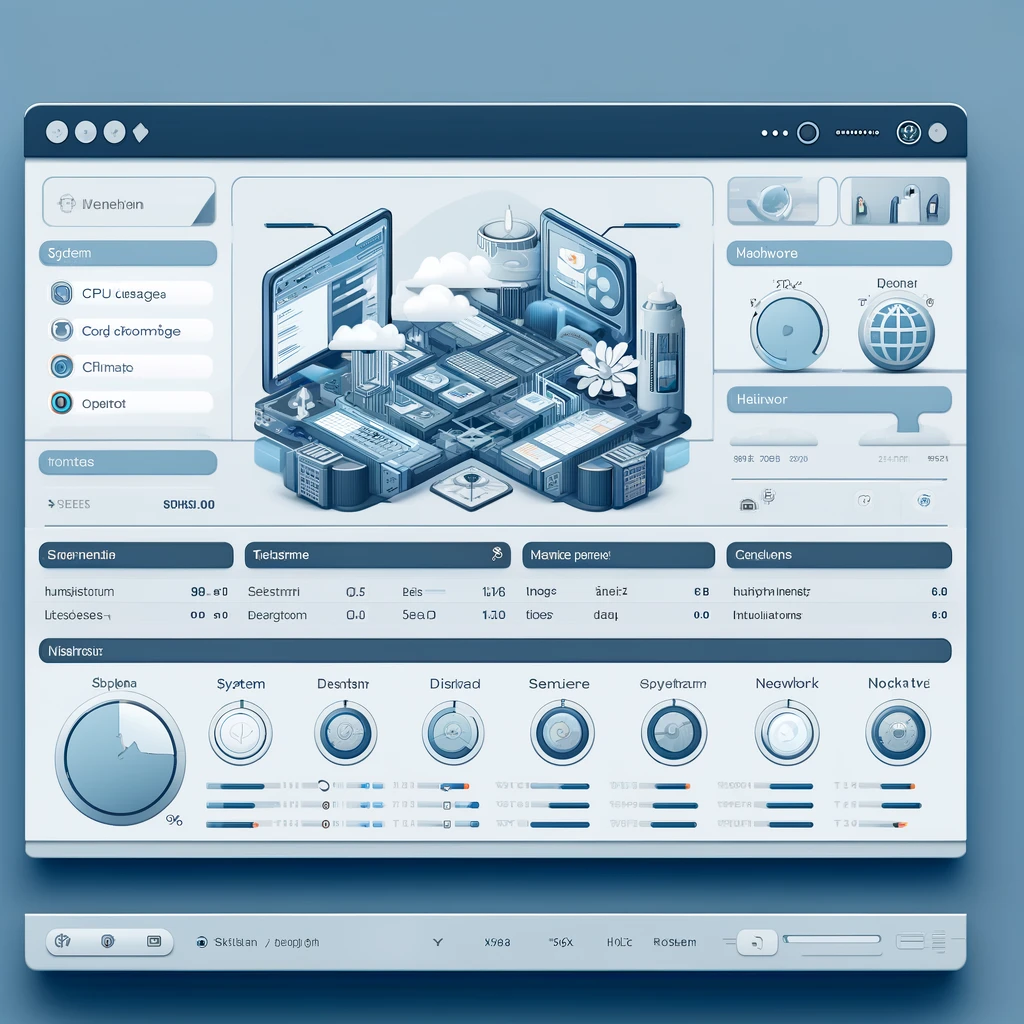Introduction
The digital revolution has transformed the way humans communicate, bringing about an era where geographical boundaries are virtually irrelevant. At the heart of this transformation is real-time communication technology, particularly online chat platforms. These platforms have revolutionized personal, professional, and educational interactions. This article delves into the evolution, technological underpinnings, and the significant impact of real-time communication technology on various facets of modern life.
Evolution of Real-Time Communication Technology
The journey of real-time communication technology began in the late 20th century. Early forms of digital communication included email and bulletin board systems (BBS), which were groundbreaking at the time but lacked immediacy. The real breakthrough came with the advent of Internet Relay Chat (IRC) in 1988, which allowed multiple users to communicate in real time. IRC set the stage for future developments by introducing concepts like channels and private messaging.
The 1990s and early 2000s saw the emergence of instant messaging (IM) services such as ICQ, AOL Instant Messenger (AIM), and Yahoo Messenger. These platforms provided a more user-friendly interface and features like buddy lists and file sharing, further popularizing real-time communication. The rise of social media in the mid-2000s, with platforms like Facebook and Twitter integrating chat functionalities, brought real-time communication to a broader audience.
The latest wave of evolution has been driven by mobile technology and the proliferation of smartphones. Applications like WhatsApp, Telegram, and WeChat offer seamless, cross-platform real-time communication with additional features like voice and video calls, group chats, and multimedia sharing. These advancements have made real-time communication more accessible and integral to daily life.
Technological Foundations of Real-Time Communication
The effectiveness and efficiency of real-time communication technology rely on several key technological components:
- Internet Infrastructure: High-speed internet connections are fundamental to the seamless operation of real-time chat applications. Broadband and fiber-optic technologies have significantly reduced latency and improved the quality of communication.
- Protocols and Standards: Various protocols, such as Transmission Control Protocol (TCP), User Datagram Protocol (UDP), and Web Real-Time Communication (WebRTC), play crucial roles in data transmission. WebRTC, in particular, has been a game-changer by enabling peer-to-peer communication directly through web browsers without the need for plugins.
- Data Compression and Encryption: Efficient data compression techniques ensure that messages and multimedia files are transmitted quickly and use less bandwidth. Encryption protocols like Secure Sockets Layer (SSL) and Transport Layer Security (TLS) are essential for maintaining the privacy and security of communications.
- Cloud Computing: Cloud infrastructure provides the scalability and reliability needed to handle millions of simultaneous connections. It also facilitates the storage and retrieval of chat histories and media files.
- Artificial Intelligence and Machine Learning: AI and ML algorithms enhance user experience through features like predictive text, chatbots, and real-time language translation. These technologies help automate responses and improve the accuracy and relevance of communications.
Impact on Personal Communication
Real-time communication technology has fundamentally altered personal relationships and social interactions. The immediacy of chat platforms allows people to stay connected with friends and family regardless of distance. This has been particularly significant in maintaining relationships during the COVID-19 pandemic, where physical interactions were severely limited.
The integration of multimedia elements, such as voice messages, video calls, and emojis, has enriched online interactions, making them more expressive and similar to face-to-face communication. Group chats and social media integration enable users to create communities and share experiences in real time, fostering a sense of belonging and social cohesion.
However, the pervasive nature of real-time communication also poses challenges. The constant availability can lead to communication overload and stress. Moreover, the reliance on digital communication may sometimes reduce the quality of in-person interactions and contribute to feelings of isolation.
Impact on Professional Communication
In the professional realm, real-time communication technology has revolutionized workplace interactions. Tools like Slack, Microsoft Teams, and Zoom have become integral to modern business operations, enabling instant collaboration and decision-making. These platforms support various functionalities, including direct messaging, group discussions, file sharing, and video conferencing, making them versatile tools for remote and hybrid work environments.
The ability to communicate in real time has streamlined workflows and increased productivity. Teams can quickly address issues, share updates, and collaborate on projects without the delays associated with email communication. Video conferencing has become a crucial component of remote work, allowing for virtual meetings, interviews, and training sessions.
Moreover, real-time communication tools have enabled businesses to operate globally, transcending geographical boundaries. Teams spread across different time zones can collaborate efficiently, and companies can provide customer support around the clock.
However, the rapid adoption of these technologies has also introduced challenges, such as the blurring of work-life boundaries and the potential for constant interruptions. Effective management of real-time communication channels is essential to avoid burnout and ensure a healthy work environment.
Impact on Education
The education sector has also been profoundly impacted by real-time communication technology. Online chat platforms, video conferencing tools, and collaborative software have facilitated the shift to remote and hybrid learning models. Students and educators can engage in real-time discussions, share resources, and collaborate on projects, replicating the interactive nature of traditional classrooms.
Platforms like Google Classroom, Microsoft Teams, and Zoom have become essential tools for educators. They provide features like virtual classrooms, breakout rooms, and real-time feedback, enhancing the learning experience. These tools have also made education more accessible, allowing students from different parts of the world to participate in courses and programs that were previously out of reach.
Real-time communication technology has also enabled personalized learning experiences. Educators can provide immediate feedback and support to students, addressing their individual needs and fostering a more engaging and effective learning environment. Additionally, the integration of AI and machine learning in educational platforms offers adaptive learning paths, catering to the unique pace and style of each learner.
Despite these benefits, there are challenges to consider. The digital divide remains a significant issue, with some students lacking access to reliable internet and devices. Moreover, the shift to online learning can sometimes lead to a loss of social interaction and the hands-on experiences that are crucial for certain subjects.
Impact on Customer Service
Customer service has been transformed by real-time communication technology. Businesses now leverage chatbots, live chat, and social media messaging to provide immediate support to customers. This shift has improved customer satisfaction by reducing wait times and providing quick resolutions to queries and issues.
Chatbots, powered by AI, can handle a large volume of inquiries simultaneously, offering 24/7 support. They can answer common questions, guide users through troubleshooting steps, and even process transactions. For more complex issues, live chat options connect customers with human agents who can provide personalized assistance.
The integration of real-time communication into customer service strategies has also enabled businesses to gather valuable feedback and insights. By analyzing chat interactions, companies can identify common pain points, improve their products and services, and enhance the overall customer experience.
However, the use of real-time communication in customer service requires a balance between automation and human interaction. While chatbots are efficient, they may lack the empathy and nuanced understanding that human agents provide. Ensuring a seamless transition between automated and human support is crucial to maintaining high levels of customer satisfaction.
Future Trends in Real-Time Communication Technology
The future of real-time communication technology promises further advancements and innovations. Several trends are likely to shape the evolution of this field:
- Enhanced AI Capabilities: AI and machine learning will continue to play a significant role in real-time communication. Advanced natural language processing (NLP) will improve the accuracy and relevance of chatbots, making them more conversational and capable of handling complex interactions.
- Augmented and Virtual Reality: The integration of augmented reality (AR) and virtual reality (VR) into real-time communication platforms will create more immersive experiences. Virtual meetings and classrooms can become more interactive and engaging, bridging the gap between digital and physical interactions.
- 5G Technology: The rollout of 5G networks will further enhance the speed and reliability of real-time communication. This will enable high-quality video calls, real-time collaboration on large files, and the seamless integration of IoT devices into communication platforms.
- Blockchain and Security: As concerns about privacy and security grow, blockchain technology may offer solutions for secure and transparent communication. Decentralized communication platforms could provide users with greater control over their data and protect against cyber threats.
- Integration with IoT: The Internet of Things (IoT) will enable real-time communication between devices, enhancing automation and connectivity in smart homes, healthcare, and industrial applications. For example, real-time alerts from medical devices can facilitate immediate responses in healthcare settings.
Conclusion
Real-time communication technology has profoundly impacted various aspects of modern life, transforming personal relationships, professional interactions, education, and customer service. The evolution from early IRC systems to sophisticated mobile applications has been driven by advancements in internet infrastructure, protocols, cloud computing, and AI.
As we look to the future, continued innovation in AI, AR/VR, 5G, blockchain, and IoT will further enhance the capabilities and applications of real-time communication technology. While the benefits are immense, it is crucial to address the challenges and ensure that these technologies are used in ways that promote connectivity, productivity, and well-being.






